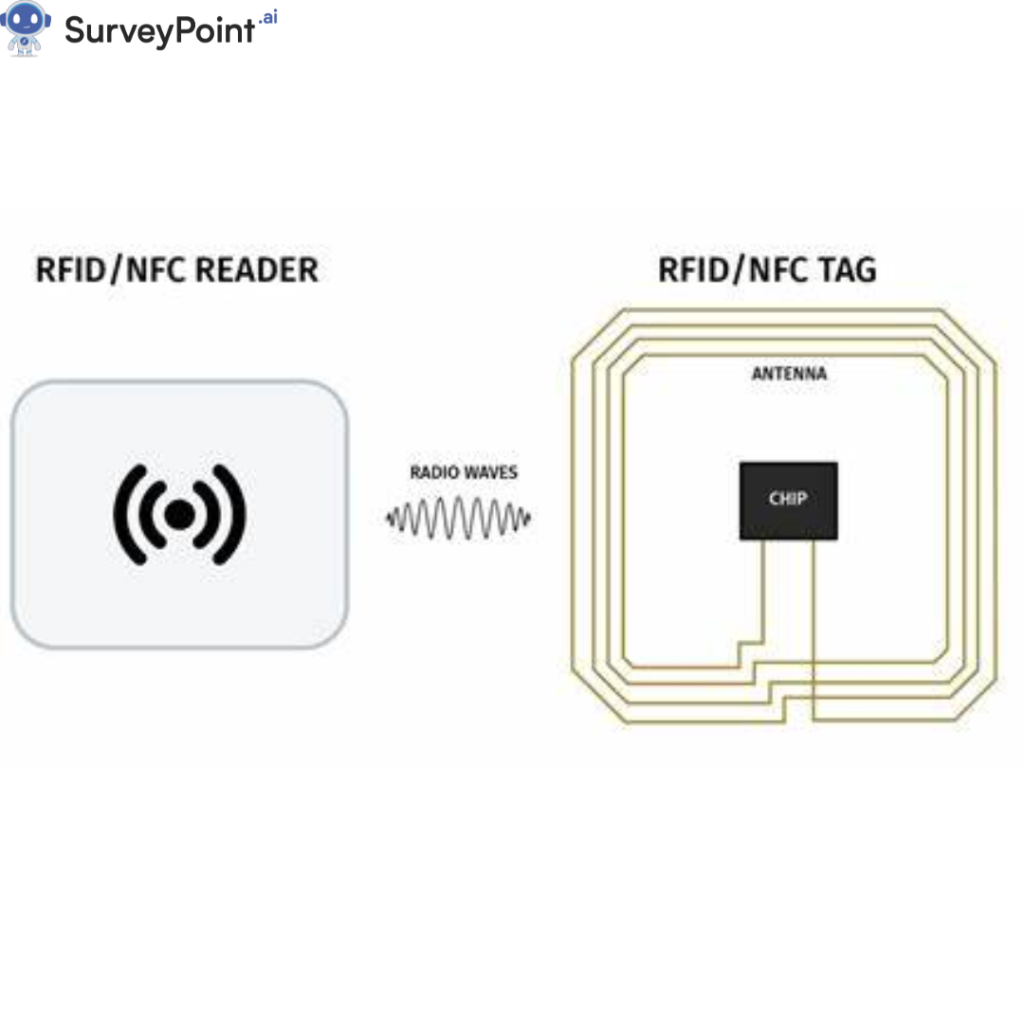
Online survey initiatives differ in various ways, but they have some commonalities in how they are managed. The online research survey company generally sticks to a similar process flowchart, which includes a “kickoff,” “design,” “fieldwork,” and “reporting” stage.
However, each new online survey assignment may present you with new challenges.
Collaboration with a fast-acting market research firm like Drive Research is essential for success. Knowing what to expect next in an online survey allows everyone to plan accordingly.
The Methodology of Online Research
A standard online research project involves six stages. It’s unlikely that you’ll follow this checklist every time you conduct online research, but doing so can improve the quality and depth. Ultimately, the utility of your findings.
Now let’s go through what they are and why you should take them with any online research you undertake.
Identify your area of interest and choose a topic
Start by narrowing down just what it is you want to find.
- Which end goal are you aiming for?
- What is the purpose of your research?
- Where do you want your education or career to take you?
An example of this would be if a market study were to focus on competitors, the researcher would seek to fully comprehend both the nature of those competitors and their place in the market. While conducting product research, you can look for the greatest possible purchase.
The first step is compiling a detailed list of your research questions and the topics that pique your interest. Using this list, you will be able to focus your research efforts and avoid wasting time and effort on irrelevant material.
RELATED: Invest in Business Intelligence to Grow Your Business
Identify the areas of study that will be required.
At this stage, you will identify and refine the specific publications, resources, and platforms that will form the backbone of your research strategy.
As a market researcher, you might want to look at popular review sites to see how useful a certain product is for current users. It might be beneficial to read medical periodicals if you’re investigating a medical condition.
Review the findings and conclusions of the research
It’s time to dive into your sources, learn more about the issue, and check out how others have responded to your research questions.
Maintaining order and concentration is crucial at this stage. Having a defined methodology and keeping your sources and learnings organized will help you stay aware of the sea of data.
Think critically about where you got your data.
This process is crucial in today’s digital age. It is essential to carefully read and assess your sources regardless of the subject area of your study. Who are the authors covering this subject? Just what is it in it for them, anyway? Exactly what do they want to accomplish by saying this?
As a result of this process, you and your sources become aware of their inherent biases. To counteract these biases and round out your study, consider them informational gaps.
Assess the necessity for new data-collecting strategies and implement them
It is normal to uncover holes in the existing studies, whether those holes result from biases or some other factor. When this occurs, you may explore undertaking primary research to assist in filling in the blanks.
Put all your findings in the order, then make some inferences.
After completing steps 1-5, you can dive into your research and form conclusions. Presenting your findings in charts and graphs will allow you to go back to them in reports rapidly, so take your time with the power of data visualization. Word clouds and text analysis can help you identify patterns in answers to free-form questions.
In this step, you’ll make a final decision, such as strategically buying or positioning your business.
RELATED: Getting Feedback That Matters: Crafting User Experience Surveys
Common Types of Online Research
There is no one way to conduct research online because there are so many different kinds of research that may be conducted online. There are a number of common methods of conducting online research.
Basic Research
Rather than finding an immediate solution to a problem, researchers conduct basic research to lay the foundation for future research.
For instance, basic research might examine how coffee affects the brain. The findings would broaden our understanding of the issue at hand and presumably motivate further targeted research.
Quantitative Research
Researchers conduct quantitative studies utilizing statistical and mathematical methods to learn the frequency with which a certain phenomenon occurs. When we talk about quantitative research, we refer to studies using numerical methods.
This is a typical instance of quantitative research in action:
- INVESTIGATION: “A customer satisfaction survey form can be utilized by any business that wants to gauge client happiness. Inquiries such as the NPS, matrix table questions, and others can be used to gather information.”
- RESULTS: By using the survey method, we have access to numerical data that can be analyzed and used.
- THE PROCEEDINGS: “This survey allows an organization to measure customer goodwill in several key areas: product quality, pricing, customer experience, etc.”
Qualitative Research
Comparatively, qualitative studies pay more attention to details and factors that a standard statistical formula can’t measure. If you want to know why and how something happens, not just how often it does so, this is the method for you.
This is an example of a qualitative research study:
- INVESTIGATION: “A store owner hoping to expand their customer base and increase revenue. An online forum regular who expressed a strong affinity for the bookstore answered questions.”
- RESULTS: At the conclusion of the interaction, it became clear that there was a lack of reading material aimed at younger readers.
- THE PROCEEDINGS: The bookshop owner gained insight into customer frustrationsbased on this qualitative study. As a result of this study, the bookseller will be better prepared to cater to a wider range of customers by stocking materials appropriate for all ages.
Customer Research
When a company conducts customer research, they try to learn more about its clientele or the clientele of their competitors. The market research technique we discussed previously typically incorporates customer and consumer research.
An example of a customer research study is as follows:
- INVESTIGATION: A software company sought consumer feedback in order to improve their product and service. They conducted observational studies and online surveys to learn more about their clientele.
- RESULTS: The organization conducted extensive research and developed three customer profiles that reflect the company’s three most frequent consumers.
- CONCLUSIONS: The business listened to feedback from a subset of customers and modified a product aspect in response.
Conclusion
While researching the internet can greatly assist in making decisions, it is possible to accumulate too much data and become overwhelmed. To ensure that your studies aid you rather than hinder you, you must avoid analytical paralysis.
The first step in overcoming analysis paralysis is to write down your objectives and the questions you need to answer. Second, knowing when you have gathered enough data to proceed with a choice is crucial. At that point, it’s usually best to put the study on hold and get things done.
With SurveyPoint, you have access to a wide range of features and options that can facilitate your survey creation. Simple, quick, and online surveys directed at a select subset of customers can meet the demands of most organizations. On the other side, the value of the outcomes is immeasurable in that they will guide you towards better business choices.
Learn to work smarter, not harder!
Explore our solutions that help researchers collect accurate insights, boost ROI, and retain respondents.
Free Trial • No Payment Details Required • Cancel Anytime




